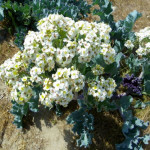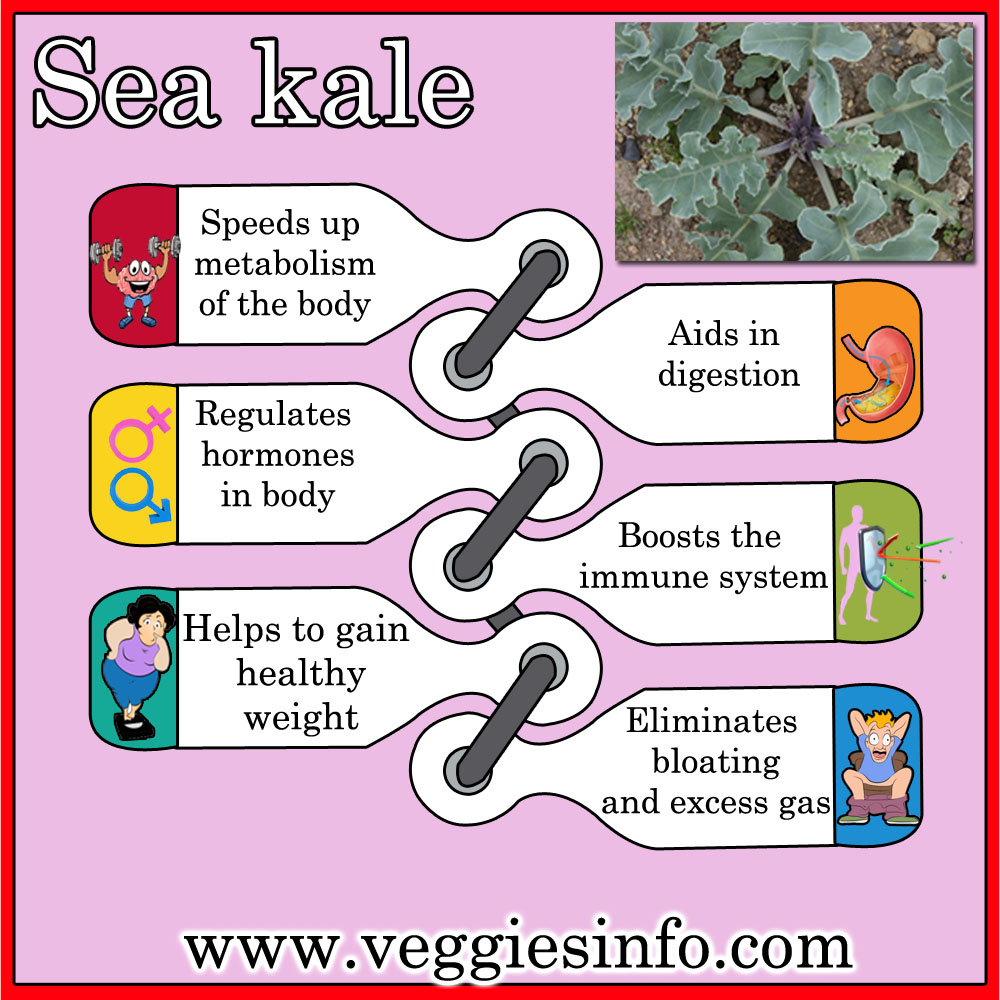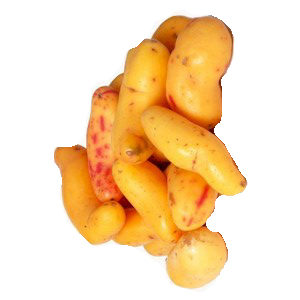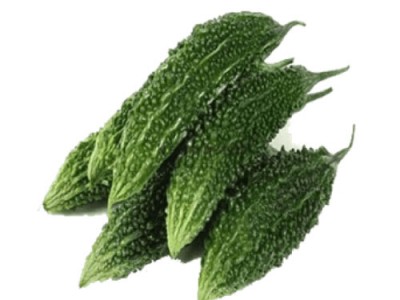
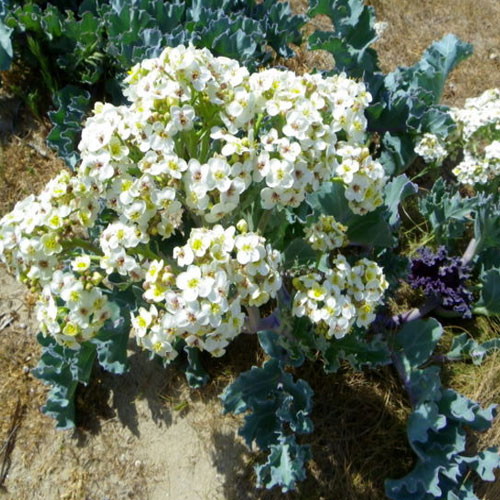
Sea Kale Imperative Information
Sea kale
Plants and trees are divine species that takes care of the lives of other species living around it. Even though there are millions of plants only few hundred plants are fit for human and animal consumption. The plants thrive very hard for survival and lead a very active life on this earth till it departs from this place. This topic will deal with a plant named sea kale which is halophytic flowering plant found in the wild along the coasts of Europe, from North Atlantic to Black sea. This plant comes under the kingdom Brassicaceae. The scientiic name is Crambe maritima. This mound-forming plant grows to a height of 30 in by 24 in wide. The foliage is fleshy with abundant white flowers.The botanical name of this plant is Crambe maritima.
[tribulant_slideshow gallery_id="234"]
Way Of Using Sea Kale
This plant can be grown as a vegetable. While flowerbuds can be eaten like broccoli, blanched shoots and young leaves can be eaten raw or cooked and eaten like Asparagus. With a unique delicate flavour, somewhat like hazelnuts and a crisp texture, forced Seakale is a real delicacy. Two or three crops can usually be harvested each year. This plant is best for blanching and eating. The young leaves are totally devoid of the purple tinge that develops on those of the common type. In the garden, it can be grown as an eye-catching and fragrant ornamental plant.
Cultivation Method
It has perhaps the most beautiful of all large glaucous leaves; the wide blades are exquisitely curved and lobed. It is superb in the border and ideal for cutting. In early summer, abundant clusters of honey-scented white flowers are held above the wonderfully ruffled, leathery, blue-green leaves. If you have an exposed area of the garden where little else will grow consider Sea kale as it will happily grow and turn non-productive ground into productive ground. Plants can be cultivated in spring or autumn. Dig up the root clump and cut off as many sections as you require, making sure they all have at least one growing point.
The larger of these divisions can be planted out straight into their permanent positions, though small ones are best potted up and grown on in a cold frame until they are established. A long lived plant, they will deteriorate and need replacing after 5 to 7 years of cropping. The pods do not open to let the single seeds fall out, but drop off, and the seeds germinate around the parent plant. Any seedlings that appear may be moved while they are still small.
Uses
- The shoots consumed like asparagus steamed, with a béchamel sauce or melted butter, salt and pepper.
- It is apt to get bruised or damaged in transport and should be eaten very soon after cutting, this may explain its subsequent decline in popularity.
- However, given a rich, deep and sandy soil, it is easy to propagate and grow on from root cuttings available from specialist nurseries.
- Blanching may be achieved by covering it with opaque material or using deep, loose and dry mulch.
Hidden Benefits of Sea kale
Imperative Note
It is imperative to note that Prince Regent George IV used it as seaside retreat. This plant was established as garden vegetable during 18th century and became very popular in 1809. This ornamental plant has also won a prestigious award from Royal Horticultural society. This plant is a lovely dual purpose plant. This delicacy from the olden days is a relative of the cabbage.

